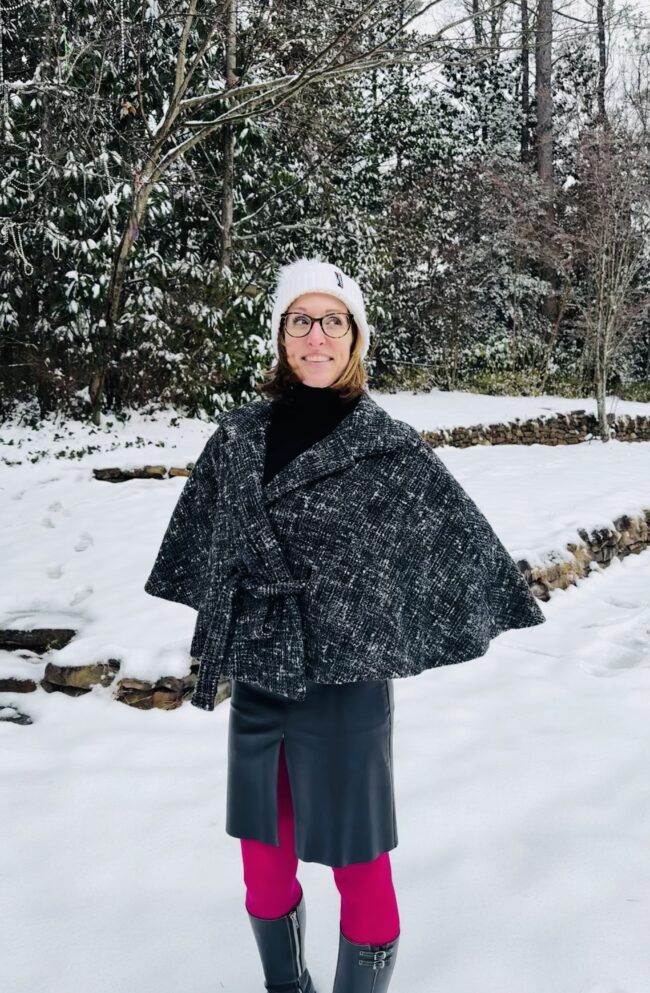
We had a very brief snow in Atlanta back in January. It lasted just shy of three days, which my informal survey tells me is about 2.5 days longer than we locals wanted it to last. It’s BEAUTIFUL but our municipality is grossly ill-prepared to manage the infrastructure requirements of such a weather event, and folks were kinda over it by the time the sun came out and all of it melted.
It made a great backdrop for cold weather photos, however, since the rest of the year (even if it’s numbingly cold out), our grass stays green and our magnolias keep their leaves, and we just look like we’re wearing bulky wool on sunny days.
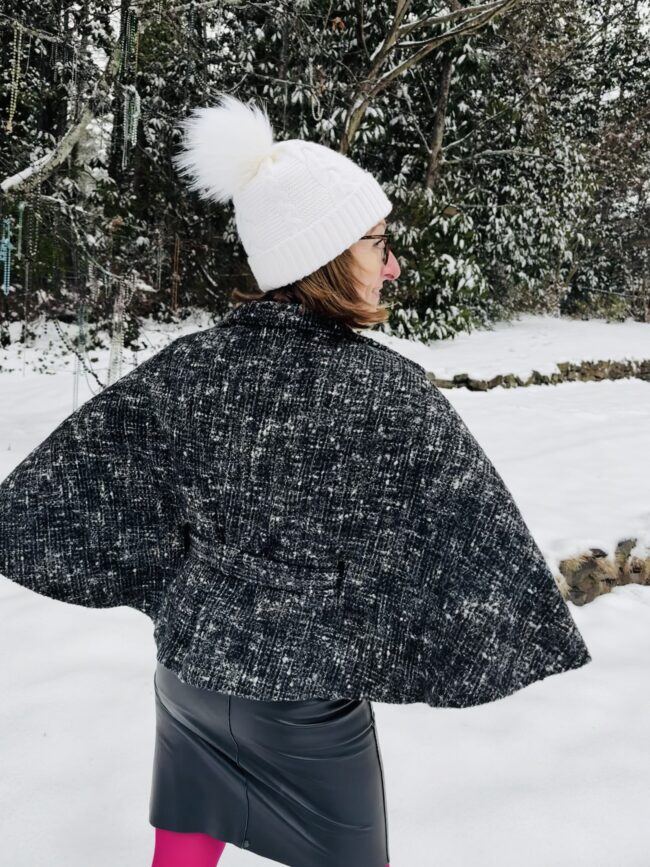
How To Sew Capes: A League Of Dressmakers Video Series
This cape was part of a How-To video series for The League of Dressmakers. I worked through four capes projects as a foundation for learning how to sew with wool, how to match plaids, how to sew bound buttonholes, and with this one: how to sew bound seams.
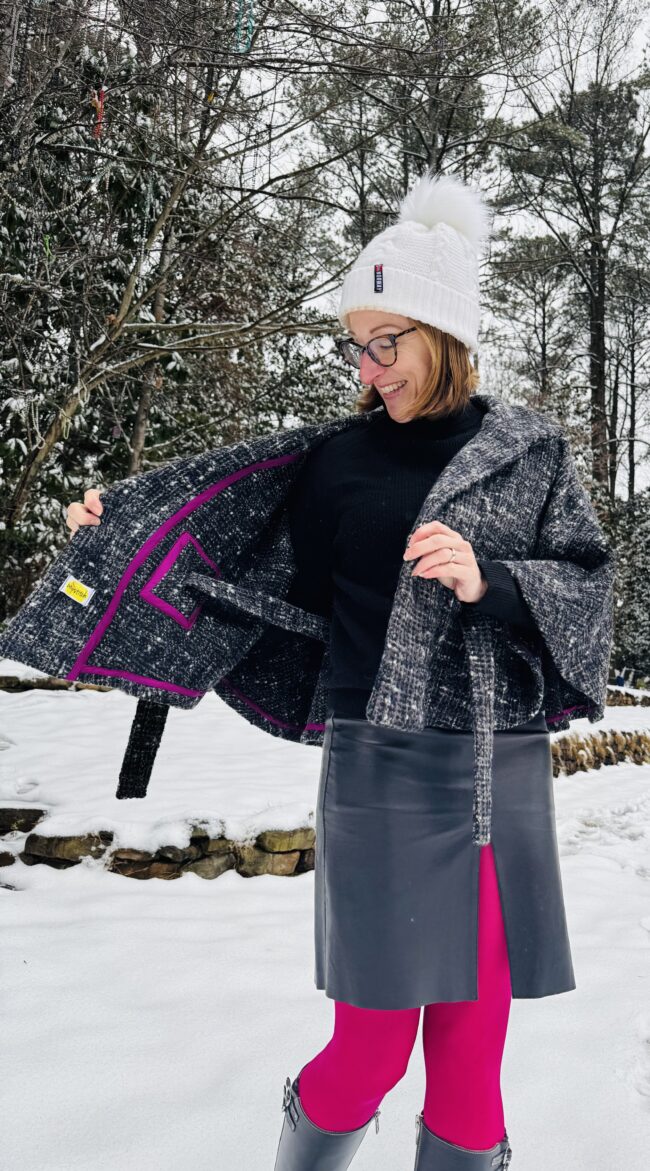
This is McCall’s 5764 in a fantastic slubby wool blend from Denver Fabrics with a pop of magenta silk for the seam binding (via Core Fabrics). It’s MUCH warmer and cozier than expected, and still gives a ton of freedom to move and layer over sweaters and winter wear.
The seams aren’t designed to be bound, but because of how the cape is constructed, the interior is visible frequently. I didn’t love the idea of the belt openings having these tiny facings, either, so I decided to hand-sew the facings in place to anchor them and prevent them from flipping to the right side of the cape. While I was at it, I made the choice to bind all the seam with a bright pop of color.
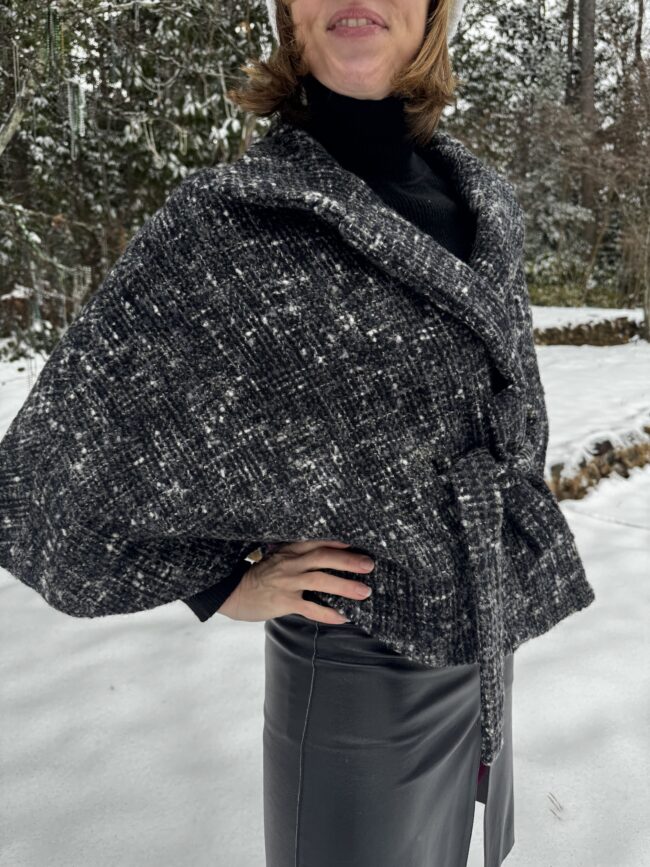
Hong Kong Finish For Interior Seams
Binding the seams, though, didn’t go as I expected. Initially, I thought I would do a Hong Kong finish, but discovered that the wool itself was so bulky that the seam allowances stood at attention as soon as the bias tape was applied. Using that bulk to my advantage, though, I was able to stitch the bound edges down, anchoring them through the main fabric, and the boucle itself masked the stitches so they aren’t visible from the right side of the garment. This resulted in flat, bound seams that are lovely to look at–so long as the top thread in the machine matched the bias tape and the bobbin thread matched the main fabric, so that it’s lovely from both sides.
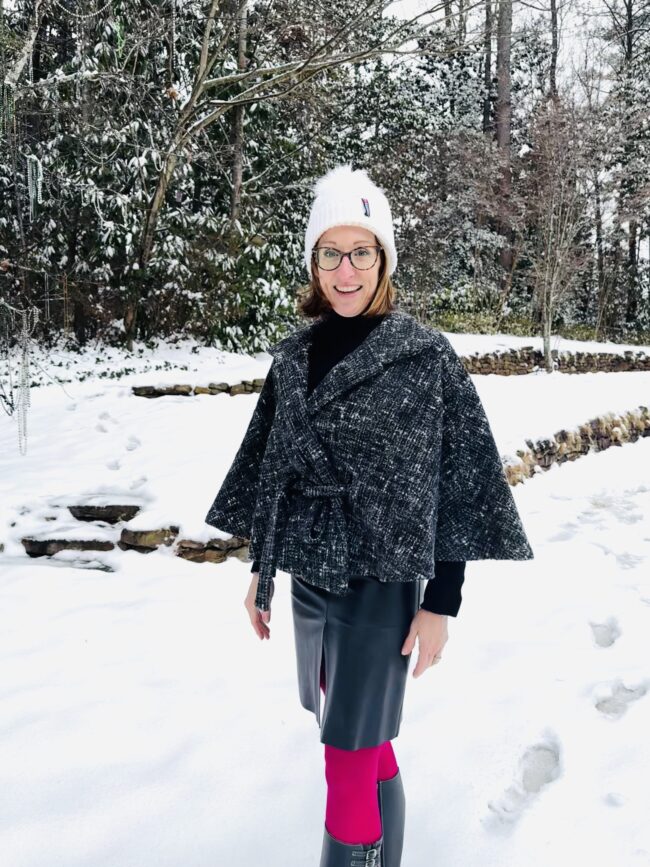
I’m wearing the cape here over a black turtleneck and leather skirt (secondhand via Poshmark) with my forever-fabulous Fluevog boots that I gifted to myself as a 30th birthday present. I also extra liked it over a black sweater with massive statement sleeves that don’t fit in a coat—now I can wear it twice as many months out of the year, which is one. Max.
We’d love to have you join us over at The League if you’re looking to sew a cape for your winter-to-spring transitional wardrobe, or if you’d just like to refine some sewing skills and see how they look when applied to a practical project! Join us in time for our Spring Sewing Tournament and kick-start your creativity.

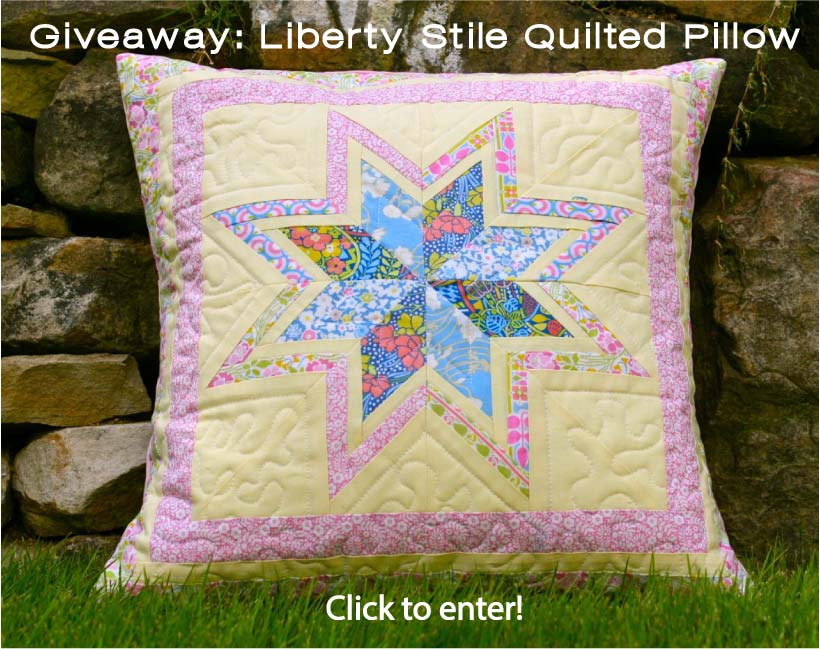
2 Comments
Caitlin
March 18, 2025 at 9:35 amWhat an elegant and absolutely adorable poncho jacket! I love it! The inside seams binding is the perfect finishing touch—like the cherry on top! The belt idea is brilliant. Fantastic work!
iAquaLinkwvb
May 13, 2025 at 5:57 amMany calligraphers have acquired